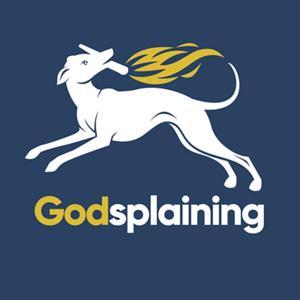John Barry was born in Ireland in the late 1740s to Catholic peasant farmers. Being Catholic they had no rights, and by the time John was ten they had been evicted from their land and moved to a coastal town. John became a sailor on his uncle's fishing vessel and by 15 had risen well. That year he moved to Philadelphia, the most important port city in the British colonies in America. By 21 he was a ships captain making runs to the Caribbean regularly. He rose in prominence as a captain and a man of great character and generosity in Philadelphia society. When the Revolutionary War broke out in 1775 he sold his ship, the Black Prince, to the Continental Congress, and offered his services as a sea captain. On board his new command, the Lexington, he won the first naval engagement of the War. He spent time on shore during the War, taking part in the battles of Trenton and Princeton, among other actions. When he returned to sea, after refusing to take a bribe from the British to switch allegiance, he commanded two other ships and won other significant battles, including the final engagement of the War. After Independence was won he went back to merchant shipping until President George Washington tapped him to lead the organization of the new permanent US Navy. He oversaw construction of the first naval vessels and took command of the first ship, the United States. Washington nominated him as the first officer, and first flag officer, of the new U.S. Navy, effective in 1794. He died in 1803 of asthma. There are at least three statues commemorating Barry — one in Washington, DC, one in Philadelphia, and one in his native Wexford, Ireland. For his efforts as a sea captain and establishing the US Navy, John Barry is considered the Father of the US Navy.












































